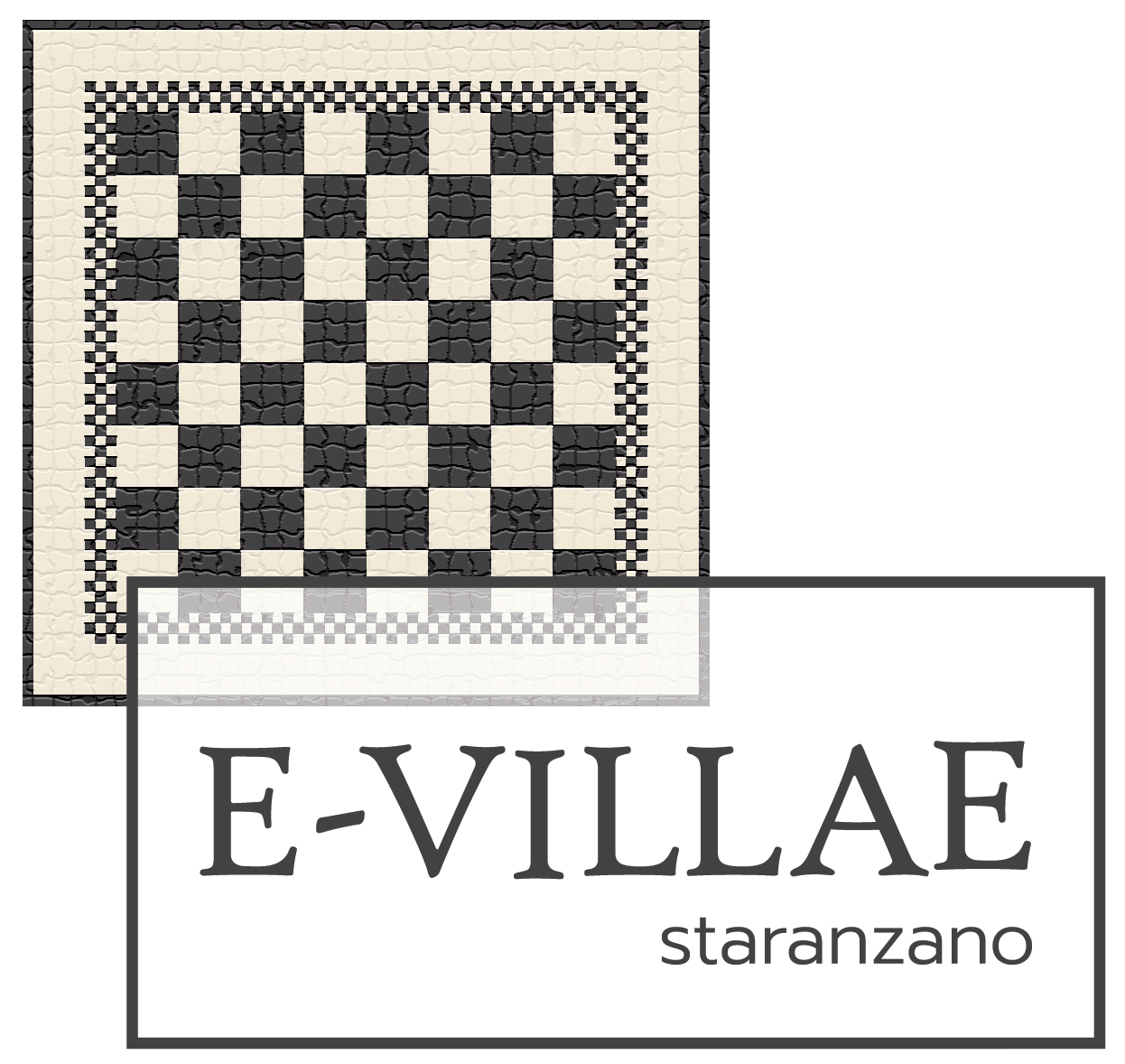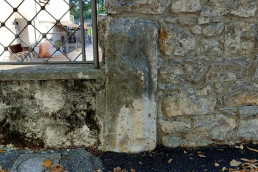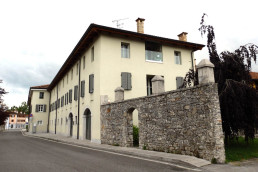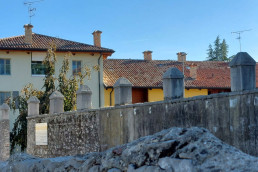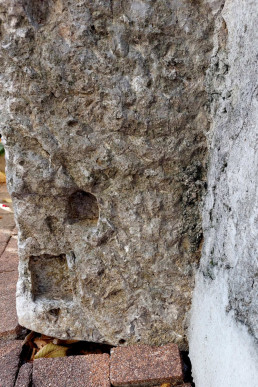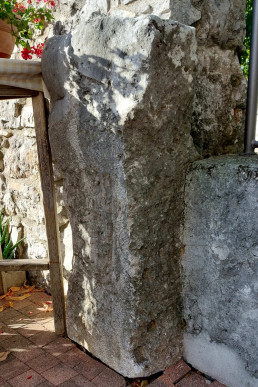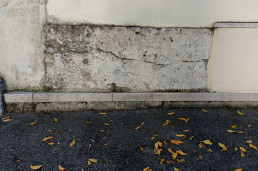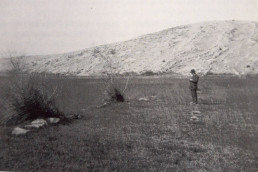Ronchi Bridge
This imposing structure, most likely built at the turn of the first century B.C. and early first century A.D., was an important junction of the ancient road system in the area.
From historical sources we know that his remains were first unearthed around 1688 near the church of San Lorenzo di Ronchi, during gravel excavation work.
Most of the stone blocks that constituted its structural elements were removed over the centuries to be partly reused as building material, for example, in the bell tower of the disappeared church of San Poletto in Monfalcone, or in that of the church in Campolongo; other blocks, still visible today, were placed as decorative elements, on the boundary wall of the De Dottori villa in Ronchi dei Legionari.
Today nothing remains visible of the bridge in situ; all we know of its conformation and the materials of which it was made up comes to us from analysis of the large amount of stone bocchi reused or heaped up near the area where it stood.
The structure, more than 200 meters long, was between 8 and 10 meters high, and was supported by six pylons; it crossed an ancient branch of the Isonzo River, now disappeared, that ran at the foot of the Karst.
In the Roman period, but at a time that cannot be specified, the bridge was renovated: tombstones or parts of funerary monuments, dating within the first half of the 1st century AD, were used for this purpose, probably coming from nearby necropolises that were located as usual along the communication routes.
Bridge over the Locavaz River
The road that in Roman times led from Aquileia to Tergeste in the section east of Monfalcone ran along the coastline and crossed the Locavaz River on a bridge of which nothing remains visible today.
Alberto Puschi, director of the Trieste Civic Museum from 1884 to 1918, noted some of its elements in 1898. Speaking of the road he wrote that ... vestiges can still be seen across the marsh where it seems to lie on dam... referring to the then swamped area between the Lisert and the mouths of the Timavo River.
From his notes we know that the bridge, made of sandstone and limestone, had two arches.
The inscribed limestone block recovered in 1932 during reclamation work on theLisert marsh seems to be pertinent to it.
Membership LEG XIII mentions the 13th Gemine Legion whose soldiers would have been employed in the construction of the road and bridge or their rearrangement in the second half of the 1st century BC.
